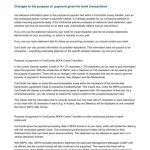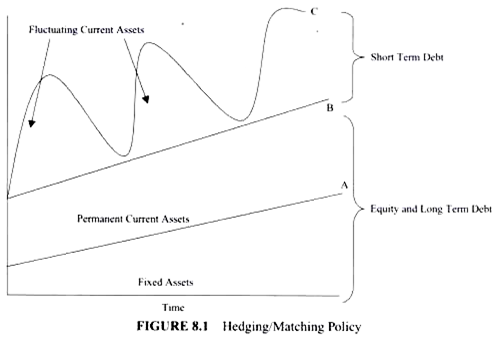
This is due to the time delay that occurs between the depositing of cash or a check and the crediting of it into your account. Nowadays, many companies use specialized accounting software in bank reconciliation to top 6 strategies to protect your income from taxes reduce the amount of work and adjustments required and to enable real-time updates. This helps you ensure that all financial records are accurate and up-to-date, facilitating quicker decision-making and issue resolution. Discrepancies between the balance sheet and the bank statement must be identified and resolved promptly. Failure to do so can lead to further errors and make it challenging to reconcile the accounts.

The Benefits of Reconciling Your Bank Account
- And as a result, it gets easier to ascertain the correct balance in the balance sheet.
- Bank charges are service charges and fees deducted for the bank’s processing of the business’s checking account activity.
- Common errors include entering an incorrect amount or omitting an amount from the bank statement.
- These may include deposits in transit, outstanding checks, bank fees, or miscalculations by the bank or the internal accounting team.
- We’re going to look at what bank statement reconciliation is, how it works, when you need to do it, and the best way to manage the task.
Depending on how you choose to receive notifications from your bank, you may receive email or text alerts for successful deposits into your account. Next, check to see if all of the deposits listed in your records are present on your bank statement. Ideally, you should run a reconciliation each time you receive capitalization dictionary definition the statement from your bank.
If any discrepancies cannot be identified and reconciled, it may signal an error or risk of fraud which your company can investigate further. Errors in the cash account result in an incorrect amount being entered or an amount being omitted from the records. The correction of the error will increase or decrease the cash account in the books. Once the balances are equal, businesses need to prepare journal entries to adjust the balance per books. After adjusting the balances as per the bank and as per the books, the adjusted amounts should be the same. If they are still not equal, you will have to repeat the process of reconciliation.
Understanding the Bank Reconciliation Statement
Using the source record of every transaction at the time of reconciliation, will give the most accurate results. By avoiding these common errors, you can ensure the accuracy of your organization’s financial records, make informed business decisions, and reduce the risk of financial issues. Regular reconciliation and review of financial records can help identify and resolve errors promptly, reducing the risk of financial issues. In cases where you discover discrepancies that cannot be explained by your financial statements, it’s best to contact your bank. It’s possible that a banking error has occurred or that you have been charged for something you were unaware of.
What Is a Bank Reconciliation Statement, and How Is It Done?
Sometimes your current bank account balance is not a true representation of cash available to you, especially if you have transactions that have not settled yet. If you’re not careful, your business checking account could be subject to overdraft fees. There could be transactions unaccounted for in your personal financial records because of a bank adjustment. This may occur if you were subject to any fees, like a monthly maintenance fee or overdraft fee. For interest-bearing accounts, a bank adjustment could be the amount of interest you earned over the statement period.
Achieve Financial Accuracy With Free Bank Reconciliation Template
This includes everything from major fraud and theft to accounting miscalculations, insufficient funds, and incomplete or duplicated payments. The more frequently you do a bank reconciliation, the easier it is to catch any errors. Many companies may choose to do additional bank reconciliations in situations that involve large sums of money or that show unusual financial activity. This can include large payments and deposits or notifications of suspicious activity from your bank. In these situations, it’s a good idea to perform an immediate reconciliation.
Discrepancies in bank reconciliations can arise from data processing errors or delays and unclear fees at components of asset cost the bank. Unpredictable interest income may also be a challenge when calculating financial statements, which can lead to challenges during a bank reconciliation. By comparing the two statements, Greg sees that there are $11,500 in checks for four orders of lawnmowers purchased near the end of the month. These checks are in transit, so they haven’t yet been deposited into the company’s bank account.
Banks take time in clearing checks, so the bank needs to add back the check’s amount to the bank balance. At times, your business may either omit or record incorrect transactions for checks issued, checks deposited, or the wrong total, etc. At times, the balance as per the cash book and passbook may differ due to an error committed by either the bank or an error in the cash book of your company. In addition to this, the reconciliation process also helps keep track the occurrence of fraud, which can help you control your business’ cash receipts and payments. After including all the amounts identified in Step 3, your statements should display the same final balance.